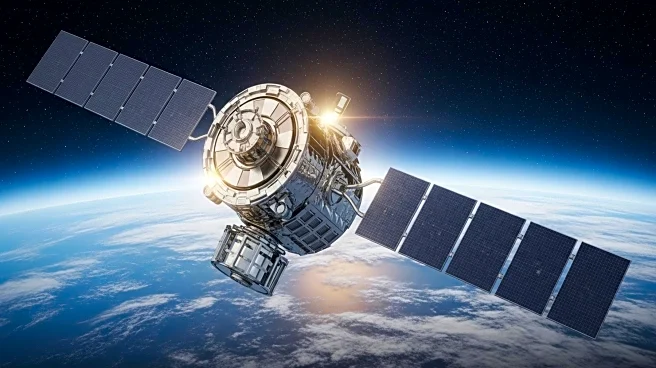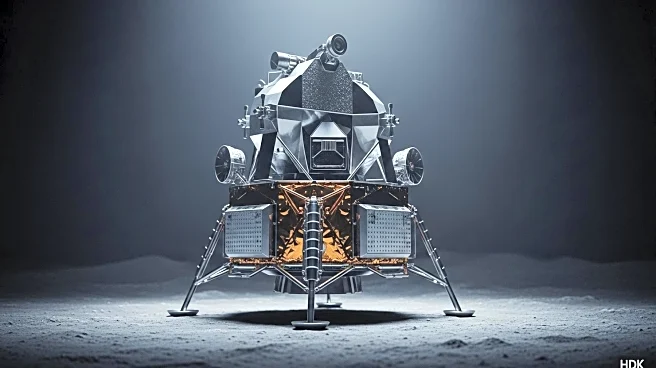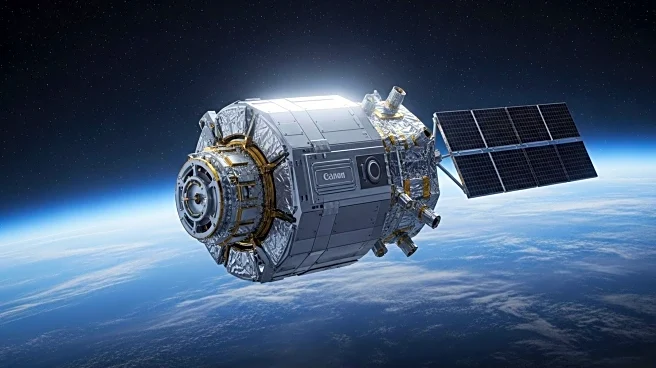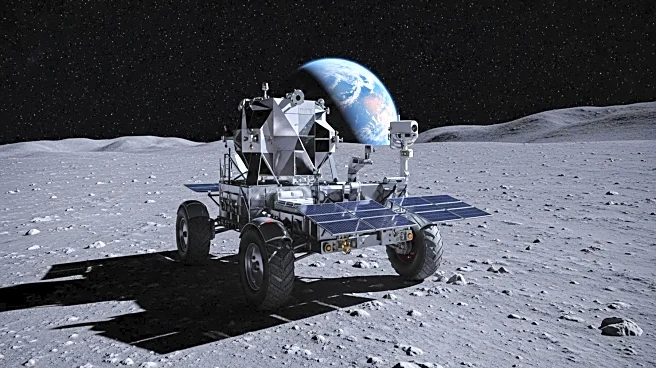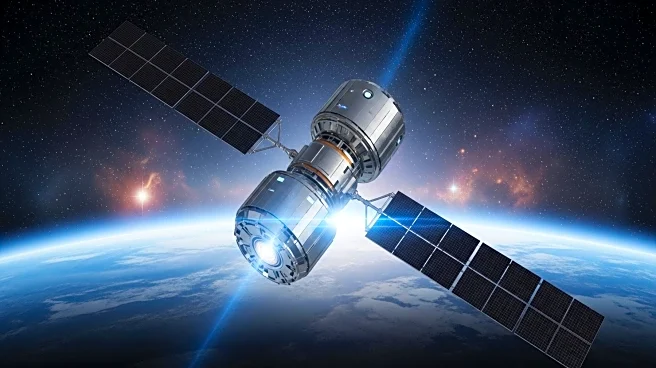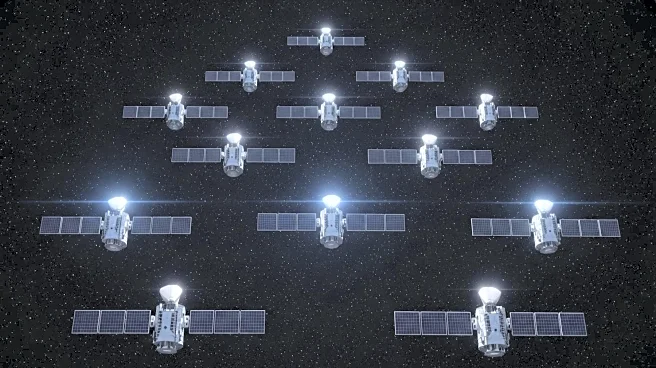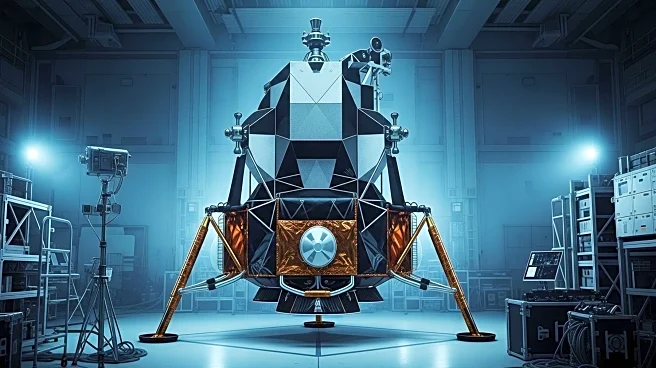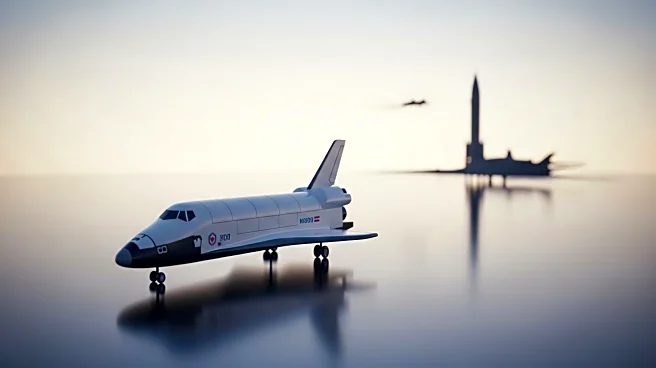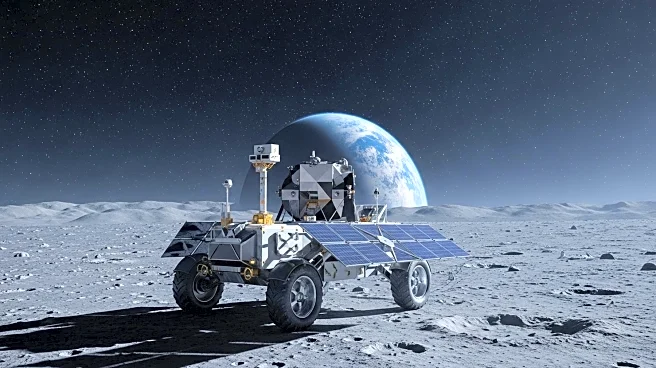What's Happening?
China has successfully launched the Shiyan-29 satellite into geosynchronous orbit using a Long March 3C rocket. The launch took place from the Xichang Satellite Launch Center and was described as a complete success. The Shiyan-29 satellite, developed by the Innovation Academy for Microsatellites of the Chinese Academy of Sciences, is intended for space environment detection and technology experiments. This launch is part of China's broader efforts to validate new space technologies, including sensors and communication subsystems, in orbit. The Shiyan series satellites are used for various purposes, such as technology demonstrations and space situational awareness.
Why It's Important?
The successful deployment of Shiyan-29 highlights China's ongoing advancements in space technology and its commitment to expanding its capabilities in geosynchronous orbit operations. These experimental satellites play a crucial role in testing and validating new technologies that could be used in future operational platforms. The ability to conduct space environment detection and technology experiments in orbit is vital for developing reliable and advanced space systems, which can enhance China's strategic and scientific capabilities in space exploration.
What's Next?
Following the Shiyan-29 launch, Galactic Energy conducted a separate mission using a Ceres-1 rocket to deploy additional satellites into polar orbits. This includes the Kaiyun-1 satellite for space situational awareness and other experimental platforms. These launches demonstrate China's growing commercial space sector and its ability to conduct multiple satellite deployments efficiently. Future missions are expected to continue expanding China's satellite constellation and testing new technologies.
Beyond the Headlines
The Shiyan-29 launch reflects China's strategic focus on developing dual-use technologies that can serve both civilian and military purposes. This approach allows China to enhance its space capabilities while also contributing to scientific research and technological innovation. The development of small, experimental satellites is part of China's broader strategy to become a leading space power.
